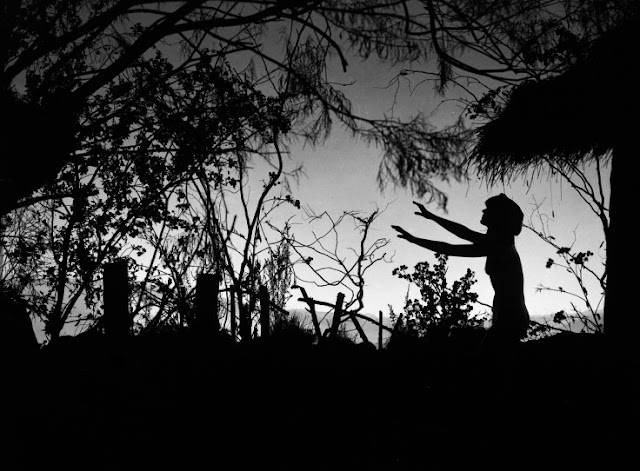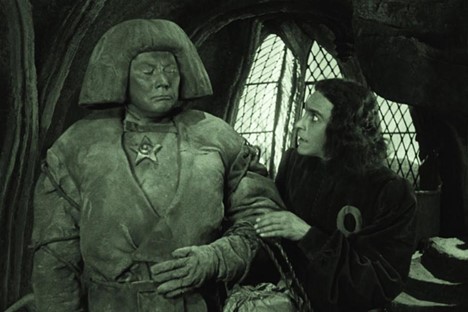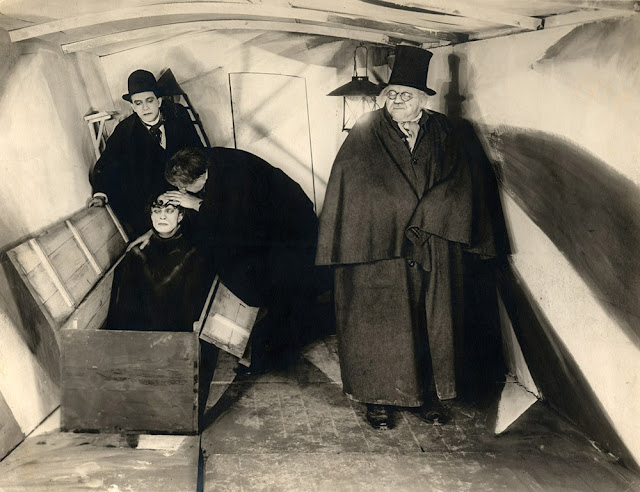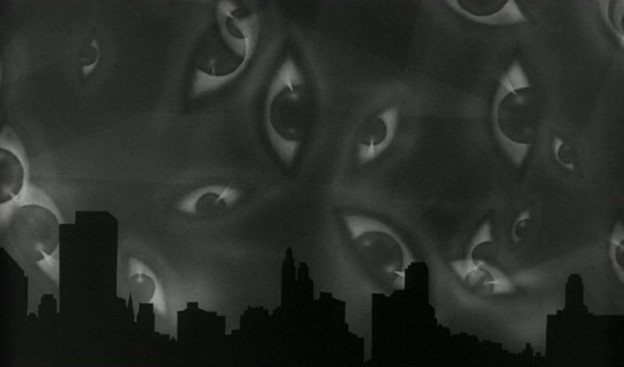Safety Last! (1923)
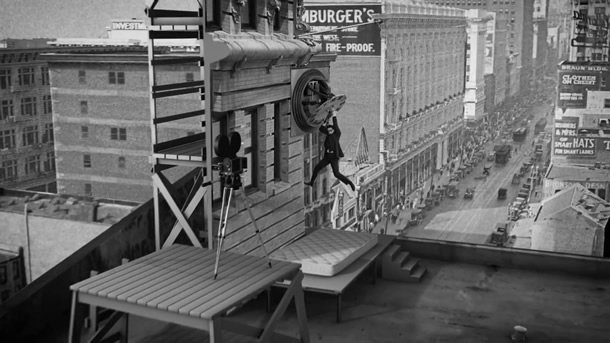
Fred C. Newmeyer & Sam Taylor's "Safety Last!" Everyone is familiar with the image of Harold Lloyd dangling from the clock on top of a skyscraper. This iconic image is from the 1923 comedy " Safety Last! ' The film was both commercially and critically successful, often being cited as an explosive new form of comedy. Part of the reason is due to the increasing levels of death-defying danger Lloyd's character goes through, ending with him scaling a large building. How exactly was this stunt performed and what did it add to the overall comedic tone the filmmakers were looking for? The film sees Lloyd's character move to the big city to make it big so he can have enough money to propose to his girlfriend and start a family. However, things don't go according to plan, as he is only ever to become a sales clerk at a department store. When his girlfriend stops by for a visit, he enacts a ruse to make it appear like he is the manager of the store. Thro...
